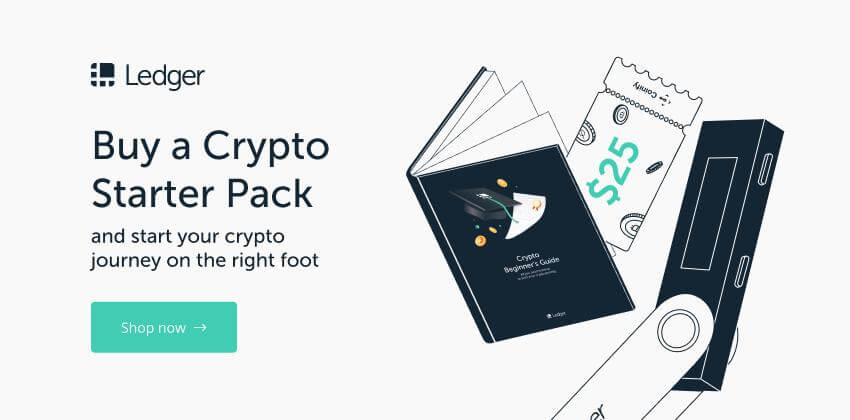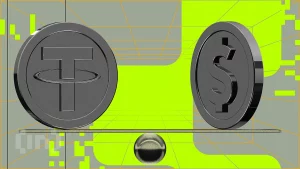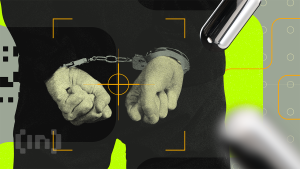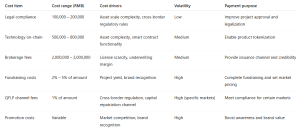Unpacking WEF DeFi Policy-Maker Toolkit With Professor Kevin Werbach
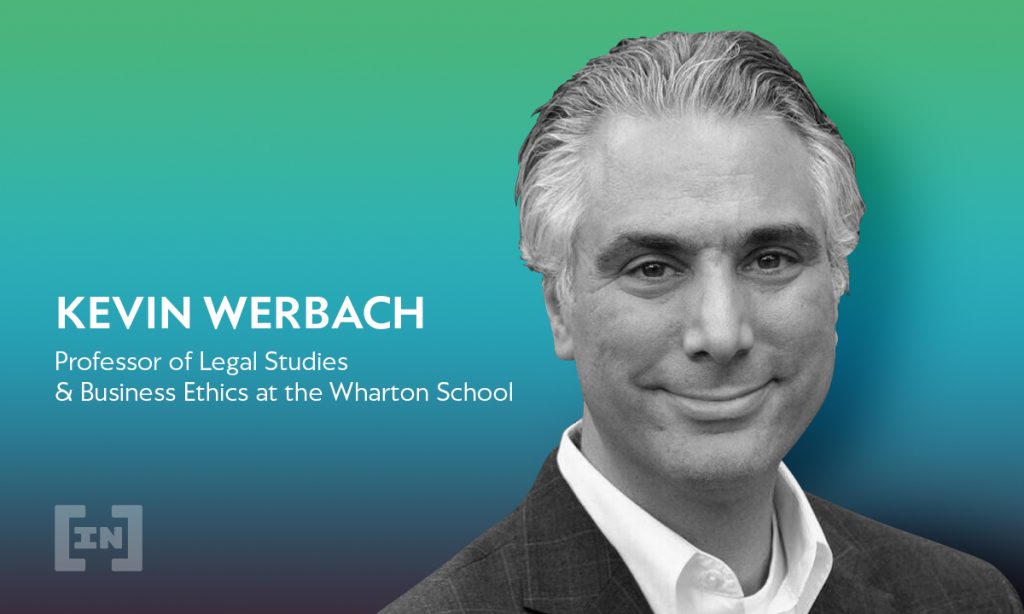
BeinCrypto spoke to Kevin Werbach, Professor of Legal Studies & Business Ethics at the Wharton School, about the recently released DeFi Policy-Maker Toolkit.
Decentralized Finance has had a pretty impressive year. Following the DeFi Summer of 2020, decentralized apps (dApps) have seemingly popped up everywhere.
In addition, it has been lucrative. According to DeFi Pulse, the total value locked (TVL) in DeFi is around $48 billion at the time of writing.
As this emerging new financial sector grows, governments and regulatory bodies are taking notice. However, making regulations and policies around this new sector is not easy because of its decentralized nature.
As a result, at the beginning of June 2021, the World Economic Forum released its DeFi Policy-Maker toolkit. It aims to help policy-makers understand the world of DeFi and how to address it.
The toolkit is a collaboration between the Wharton School and the WEF. As a result, it pooled expertise to develop a framework that is understandable and effective.
“The DeFi Policy-Maker Toolkit was under development for approximately a year,” explains Werbach.
“We assembled a global team of experts from governments, DeFi projects, academia, investors, and traditional finance, and then did an extensive development process of research, analysis, workshops, and feedback from external reviewers.”
More than just an outline
As expressed by its name, the toolkit is something tangible and useful. Rather than being a proposal that simply outlines what DeFi is and how policy-makers can understand it, it provides the tools they need to create a policy with it.
“DeFi is new and fast-evolving. It’s hard to get your arms around financial services without intermediaries or custody.”
“I think most policy-makers want to understand how real DeFi is, where it differs from traditional finance, and what potential opportunities it creates as well as the dangers,” says Werbach.
As a result, the toolkit includes template questions and appendixes. These help policy-makers draw out a map of the DeFi landscape they need to understand.
For example, there is a background assessment tool. It helps policy-makers outline the tops risks, assessing their in-house knowledge and from where they could find useful input.
“The toolkit does not recommend specific policies. It is designed to help policy-makers and regulators understand what DeFi is, the major risks it poses, and how to think about the policy questions that arise.”
“Our goal was to give policy-makers the tools and frameworks to make good decisions about DeFi,” Werbach explains.
A balancing act
For Werbach, the project featured significant challenges when coming up with its structure and propositions.
“DeFi is growing and evolving extremely fast. From the time we started the project to the release of the Toolkit, there were major changes and significant developments.”
“The other challenge was speaking in a language that was sophisticated enough to capture the depth of DeFi activity, yet clear enough for readers not steeped in the technology and assumptions of the digital asset world. We tried hard to write a balanced report that highlighted what is exciting about DeFi, yet also gave a clear picture of the risks and challenges,” he says.
On that front, the toolkit outlines five categories of risk for DeFi. These are financial, technical, operational, legal, and emergent.
These risk areas consider some of the issues already seen in the space. These include hacks, the flash loan crisis, DeFi runs, and others.
However, these warnings are not to put off policy-makers by simply outlining the risks. Rather they provide these to show how to move forward with a new sector that isn’t going away anytime soon.
“We hope policy-makers will heed our advice to address DeFi systematically by starting with their core public policy goals. We also hope this report will demystify the DeFi phenomenon, so they can move forward with a good understanding of the issues.”
“The Toolkit is filled with worksheets and other resources that policy-makers can use as they are analyzing DeFi issues and companies. It is structured to be a practical resource that will help them move forward in developing appropriate policies in this area. We also hope the Toolkit will help DeFi experts and developers better understand the regulatory and public policy process,” says Werbach.
A warm enough welcome
Much like in other parts of the crypto world, the issue of regulation can split the community. Regulation can either be seen as a help or a hindrance, depending on the organization’s interests.
However, for Werbach, most participants in the toolkit project were happy to work with those involved.
“We found many influential members of the DeFi community eager to work with our project. There are definitely some DeFi developers more interested in working with regulators than others, but I believe the major projects recognize that if they want DeFi to become a legitimate, trusted segment of financial services, legal and regulatory concerns need to be addressed.”
A global outlook for local implementation
Understandably, policy-makers work within the jurisdictions they reside in. As a result, the toolkit provides a macro-consideration for those who would be working on a micro-level.
Therefore it could not provide insight for each country interested in using it. Rather it acts as a global tool that can be used within a variety of national contexts.
As such, a country like El Salvador, which has taken a welcoming stance on cryptocurrencies, specifically bitcoin, will find value when considering a policy for DeFi.
At the same time, a country like the U.S., which has been warier, as seen by the slow movement of the SEC on ETF applications, can also use these tools in its more reserved context.
“The DeFi Policy-Maker Toolkit is a global report.”
Disclaimer
All the information contained on our website is published in good faith and for general information purposes only. Any action the reader takes upon the information found on our website is strictly at their own risk.


